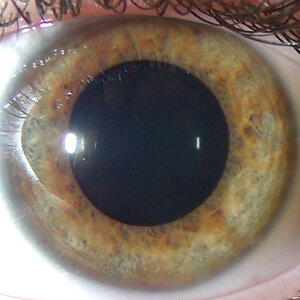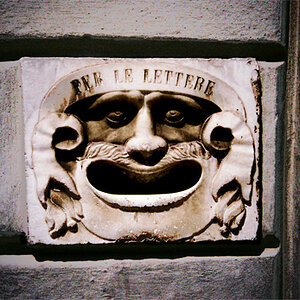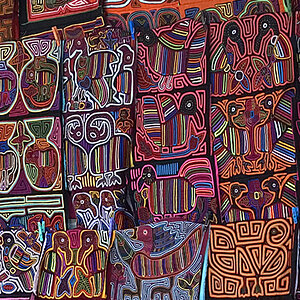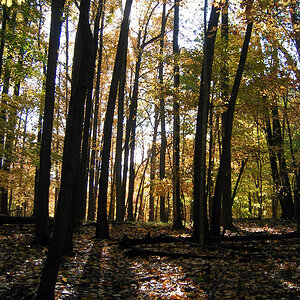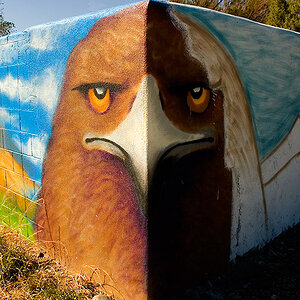- Joined
- Mar 29, 2016
- Messages
- 14,886
- Reaction score
- 8,334
- Can others edit my Photos
- Photos NOT OK to edit
Proof positive that no one cares about rules of composition, or we need stricter rules - depends on you point of view obviously. This untitled painting by CY Twombly sold at Christie's NY, on November 15, 2017 for $46.5 million. WHERE'S MY MARKERS!!!!!

Last edited:



